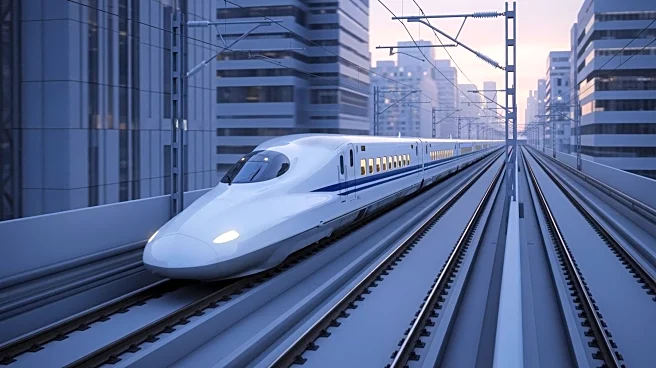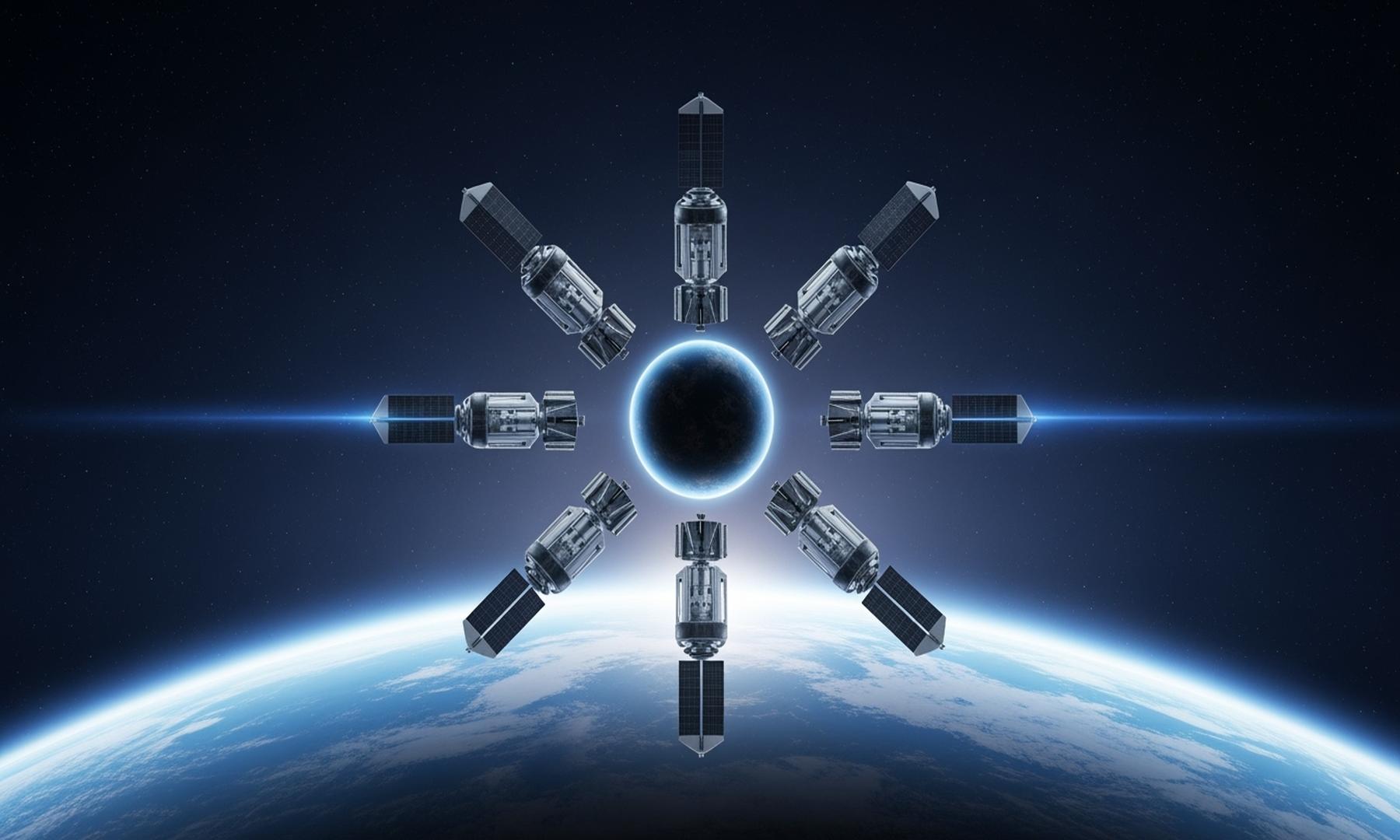What's Happening?
China is currently conducting operational evaluations of the CR450, the world's fastest electric multiple unit (EMU), on the Shanghai–Chongqing–Chengdu high-speed rail line. The CR450 has undergone rigorous testing since its prototype was introduced last
year, achieving a top speed of 450 kilometers per hour (280 mph). The train must complete 600,000 kilometers of successful operation before it can be cleared for commercial passenger service. The CR450 features several design innovations, including a lengthened nose cone to reduce drag, fully enclosed bogies, and lowered skirt panels to minimize air resistance. These enhancements have reduced the train's overall resistance by 22 percent, decreased its height by 20 centimeters, and trimmed its weight by 50 tonnes.
Why It's Important?
The development of the CR450 represents a significant advancement in rail technology, potentially setting new standards for high-speed travel globally. This innovation could influence rail systems in other countries, including the United States, where high-speed rail infrastructure is less developed. The CR450's design improvements may inspire similar technological advancements in other regions, promoting faster and more efficient rail travel. The train's success could also bolster China's position as a leader in cleantech and transportation innovation, impacting global economic and technological dynamics.
What's Next?
The CR450 must complete its testing phase, accumulating 600,000 kilometers of successful operation before entering commercial service. If successful, this could lead to increased adoption of similar technologies worldwide, potentially influencing U.S. transportation policy and infrastructure development. Stakeholders in the rail industry may closely monitor the CR450's progress, considering its implications for future rail projects and investments.
Beyond the Headlines
The CR450's advancements highlight the growing importance of sustainable and efficient transportation solutions in addressing global environmental challenges. The train's design innovations reflect a broader trend towards reducing energy consumption and emissions in transportation, aligning with international efforts to combat climate change. This development may also prompt discussions on the ethical and economic implications of high-speed rail expansion, including its impact on local communities and ecosystems.














